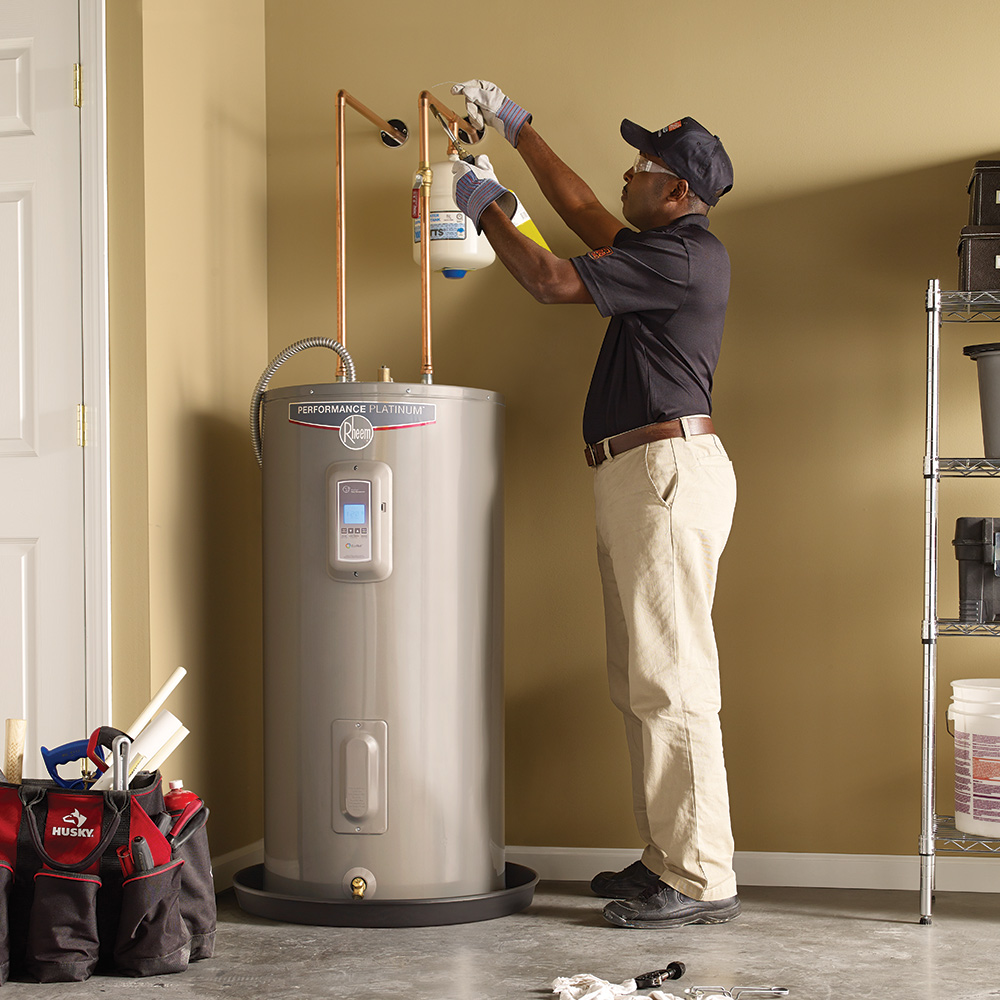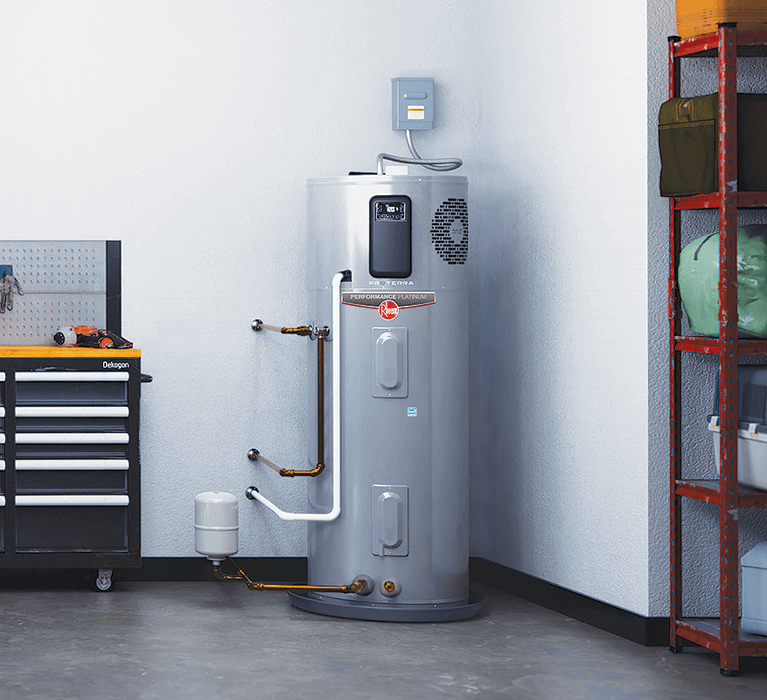What to Maintain Your Home's Hot Water System Properly
What to Maintain Your Home's Hot Water System Properly
Blog Article
We have stumbled upon this article involving Tips on Maintaining a Water Heater directly below on the web and think it made good sense to share it with you on this page.

Warm water is important for day-to-day comfort, whether it's for a revitalizing shower or cleaning recipes. To ensure your warm water system runs successfully and lasts longer, routine maintenance is essential. This write-up offers functional tips and insights on just how to maintain your home's warm water system to prevent disruptions and costly repair services.
Intro
Maintaining your home's hot water system could appear challenging, however with a couple of easy actions, you can guarantee it runs smoothly for many years to find. This overview covers every little thing from understanding your warm water system to do it yourself upkeep pointers and knowing when to employ specialist help.
Significance of Preserving Your Warm Water System
Normal upkeep not just expands the lifespan of your hot water system however likewise guarantees it runs successfully. Disregarding maintenance can lead to decreased effectiveness, higher energy bills, and even premature failure of the system.
Signs Your Hot Water System Needs Maintenance
Knowing when your warm water system requires focus can protect against significant concerns. Keep an eye out for indicators such as irregular water temperature level, weird sounds from the heating system, or corroded water.
Purging the Hot Water Heater
Flushing your water heater eliminates sediment buildup, boosting performance and lengthening its life.
Monitoring and Changing Anode Rods
Anode rods protect against corrosion inside the tank. Inspecting and changing them when broken is vital.
Complicated Problems Needing Expert Help
Examples consist of major leaks, electric troubles, or if your hot water heater is constantly underperforming.
Routine Professional Upkeep Perks
Expert maintenance can consist of thorough examinations, tune-ups, and making certain compliance with safety criteria.
Checking and Adjusting Temperature Level Setups
Changing the temperature setups makes sure optimal efficiency and security.
DIY Tips for Upkeep
You can carry out several upkeep tasks on your own to maintain your hot water system in leading condition.
Checking for Leakages
Frequently inspect pipelines and connections for leakages, as these can lead to water damages and greater expenses.
Recognizing Your Hot Water System
Prior to diving into upkeep tasks, it's handy to understand the fundamental components of your warm water system. Typically, this consists of the water heater itself, pipelines, anode poles, and temperature level controls.
Regular Monthly Upkeep Tasks
Regular regular monthly checks can help catch small issues prior to they intensify.
Examining Pressure Alleviation Valves
Testing the pressure safety valve guarantees it works properly and protects against excessive pressure buildup.
Shielding Pipelines
Shielding warm water pipes decreases warmth loss and can save energy.
When to Call a Specialist
While DIY maintenance is valuable, some concerns require specialist proficiency.
Final thought
Normal maintenance of your home's hot water system is necessary for effectiveness, long life, and cost financial savings. By complying with these tips and recognizing when to seek expert help, you can make sure a trusted supply of warm water without unforeseen disruptions.
How to Maintain an Instant Hot Water Heater
Before tinkering with your hot water heater, make sure that it’s not powered on. You also have to turn off the main circuit breaker and shut off the main gas line to prevent accidents. Also turn off the water valves connected to your unit to prevent water from flowing into and out of the appliance. 2. When you’re done, you have to detach the purge valves’ caps. These look like the letter “T†and are situated on either side of the water valves. Doing so will release any pressure that has accumulated inside the valves while at the same time avoid hot water from shooting out and burning your skin. 3. When the purge valves’ caps are removed, you have to connect your hosing lines to the valves. Your unit should have come with three hoses but if it didn’t, you can purchase these things from any hardware or home repair shops. You can also get them from retail stores that sell water heating systems. Read the user’s manual and follow it to complete this task properly. When the hosing lines are connected, open the purge port’s valves. 4. You should never use harsh chemical cleaners or solutions when cleaning your unit. Make use of white vinegar instead. It should be undiluted and you’ll probably use about 2 gallons. 5. Now flush your water heater. This task should probably take about 40 minutes. We can’t give you specific directions for this because the procedure is carried out depending on the type, model and brand of your heater. With that being said, refer to the user’s manual. 6. When you’re done draining the unit, you have to turn off the purge port valves again. Remove the hosing lines that you earlier installed on each of the water valves. Put the valve caps (purge port) back in their respective places and be very careful so as not to damage the rubber discs that are found inside these caps. 7. Now that everything’s back in place, check your user’s manual again to find out how to reactivate your water heating system. 8. Once it is working, turn one of your hot water faucets on just to let air pass through the heater’s water supply pipes. Leave the tap on until water flows smoothly out of it. https://www.orrplumbing.com/blog/2014/september/how-to-maintain-an-instant-hot-water-heater/

We were shown that write-up on Tips on Maintaining a Water Heater from someone on a different blog. Do you know about another person who is interested in the topic? Take a moment to promote it. Many thanks for your time invested reading it.
Pricing Report this page